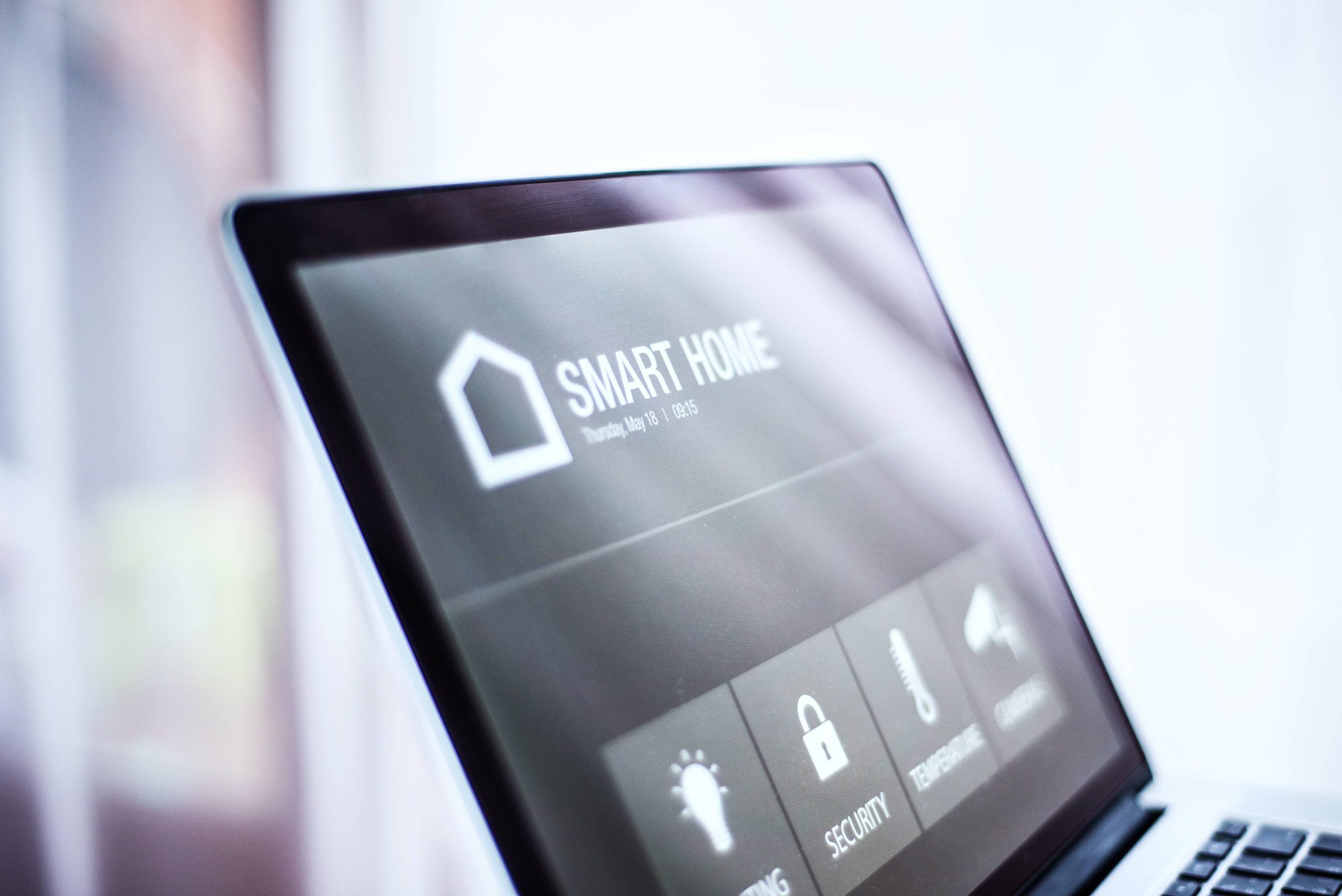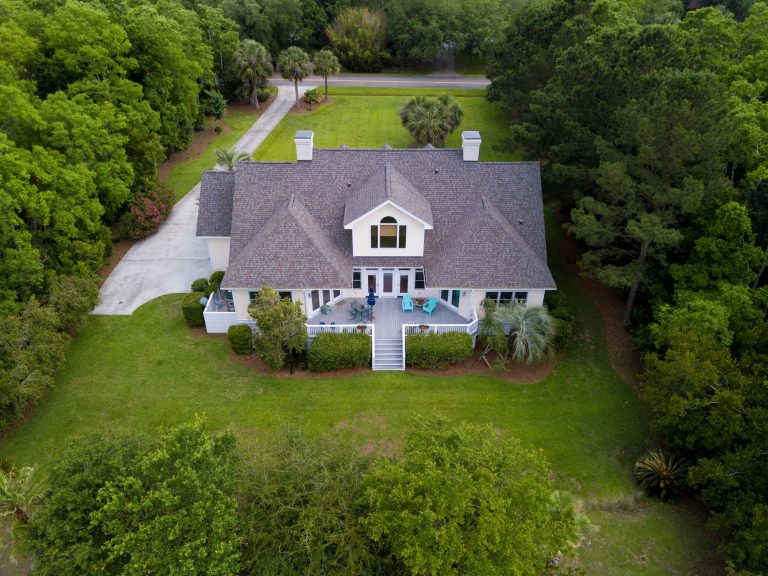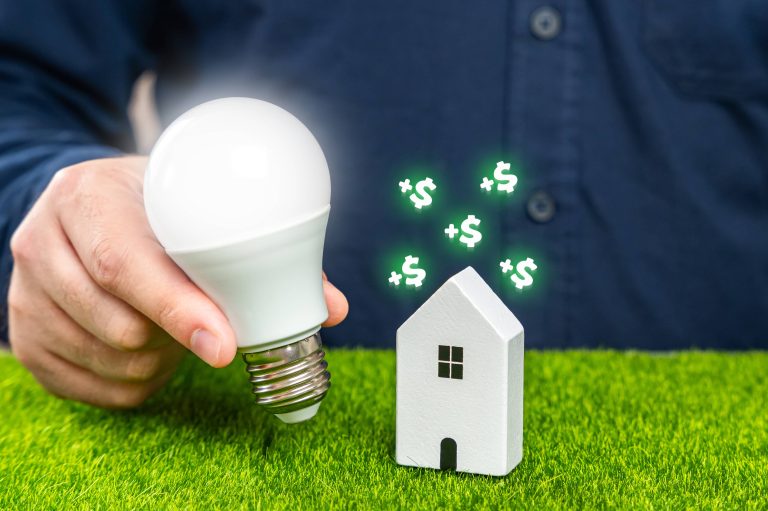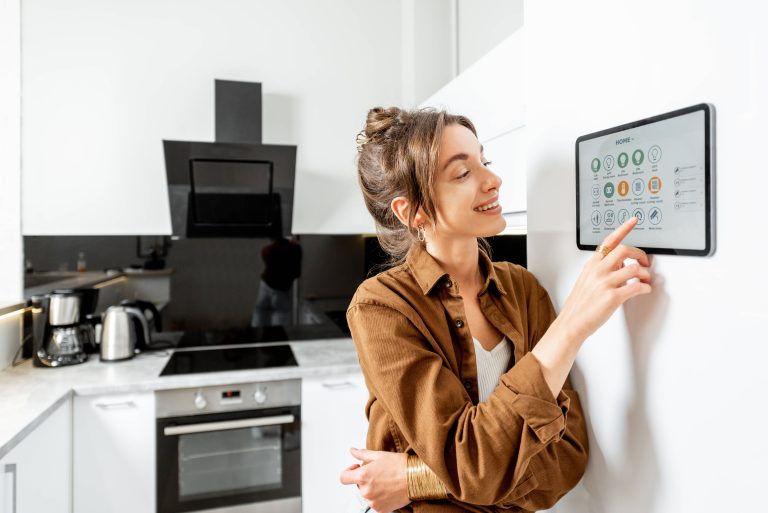
As the world of smart home technology expands, we often find ourselves dreaming of complete home automation. However, the perceived high cost of devices and systems can make this dream seem out of reach for many. The good news is that there are numerous ways to automate your home without breaking the bank. In this blog post, we’ll explore practical, affordable strategies to upgrade your living space into a smart home sanctuary.
Start with Smart Plugs
One of the simplest and most affordable ways to begin automating your home is by investing in smart plugs. These devices can turn any standard electrical outlet into a smart outlet. With smart plugs, you can control your devices remotely via an app, set schedules, and even monitor energy usage.
Examples:
– Wemo Mini Smart Plug
– TP-Link Kasa Smart Plug
– Amazon Smart Plug
These products are generally priced between $10-$25, making them an excellent entry point for beginners.
Install Smart Bulbs
Lighting is another aspect of home automation that can be easily and affordably controlled. Smart bulbs offer features such as color changing, dimming, and scheduling, all managed from your smartphone or via voice commands through an assistant like Alexa or Google Home.
Popular Options:
– Philips Hue White and Color Ambiance
– Wyze Bulb
– LIFX Smart Bulbs
Smart bulbs are often sold in packs and start at around $20 per bulb, offering a cost-effective solution to upgrading your home’s lighting system.
Embrace Smart Speakers and Assistants
Smart speakers like the Amazon Echo Dot or Google Nest Mini serve as the control hubs for many smart home devices. These devices can perform various tasks, from playing music and setting reminders to controlling connected smart devices using voice commands.
Budget-Friendly Choices:
– Amazon Echo Dot (4th Gen)
– Google Nest Mini
– Apple HomePod Mini (slightly pricier, but still a valuable investment)
Smart speakers are typically priced between $25-$50 during sales, providing a versatile and affordable means to unify your smart home setup.
Enhance Security with Budget Cameras
Home security is paramount, and smart security cameras have become more accessible and affordable in recent years. These cameras allow you to monitor your home remotely, receive motion alerts, and even communicate via two-way audio.
Top Budget-Friendly Cameras:
– Wyze Cam v3
– Blink Mini
– Eufy Indoor Cam
Prices for these cameras generally range from $20-$40, offering peace of mind without a hefty price tag.
Utilize DIY Smart Home Kits
For those willing to invest a bit more effort, DIY smart home kits can be both an affordable and educational approach to automation. These kits often include various components like sensors, smart hubs, and controllers, allowing you to customize your setup according to your needs.
Recommended Kits:
– Samsung SmartThings Starter Kit
– Aqara Smart Home Starter Kit
– Ring Alarm Security Kit
DIY kits vary widely in price, but many good starter kits can be found for under $100, making them a comprehensive and cost-effective option.
Install Smart Thermostats
Smart thermostats not only automate your home’s climate control but can also lead to significant energy savings. These devices learn your schedule and preferences, adjusting the temperature accordingly to ensure comfort while reducing energy usage.
Economical Picks:
– Google Nest Thermostat (not the Nest Learning edition)
– ecobee3 Lite
– Honeywell Home T5+
Smart thermostats are available from around $100-$150 and often come with rebates from utility companies, further lowering the overall cost.
Integrate Smart Sensors
Sensors can trigger various actions within your smart home, from turning on lights when you enter a room to sending alerts if a door is opened. Motion sensors, contact sensors, and temperature sensors are often part of affordable smart home ecosystems.
Top Selections:
– Xiaomi Aqara Motion and Contact Sensors
– Philips Hue Motion Sensor
– Ring Alarm Contact Sensors
These sensors usually cost between $20-$30 each and can be seamlessly integrated with existing smart home systems.
Automate with Routines and Schedules
The essence of a smart home lies in its ability to anticipate and respond to your needs without constant manual input. Most smart home ecosystems allow you to set up routines and schedules, automating multiple actions with a single command or at a specific time.
Ideas for Routines:
– Morning Routine: Lights gradually brighten, the smart coffee maker turns on, and the smart speaker plays your favorite wake-up playlist.
– Goodbye Routine: All lights turn off, smart plugs power down non-essential devices, and the thermostat adjusts to an energy-saving temperature.
– Evening Routine: Lights dim, smart locks secure your home, and the thermostat creates a cozy atmosphere.
Conclusion
Automating your home doesn’t have to be an expensive endeavor. By starting with affordable smart plugs, bulbs, and speakers, enhancing security with budget-friendly cameras, and making the most of DIY kits and routines, you can create a smart home that suits your lifestyle and budget. Remember, the goal is to enhance convenience and security while enjoying the process of building and personalizing your smart home ecosystem. Happy automating!







